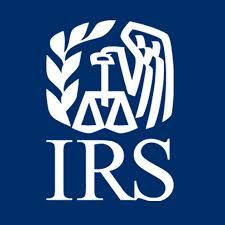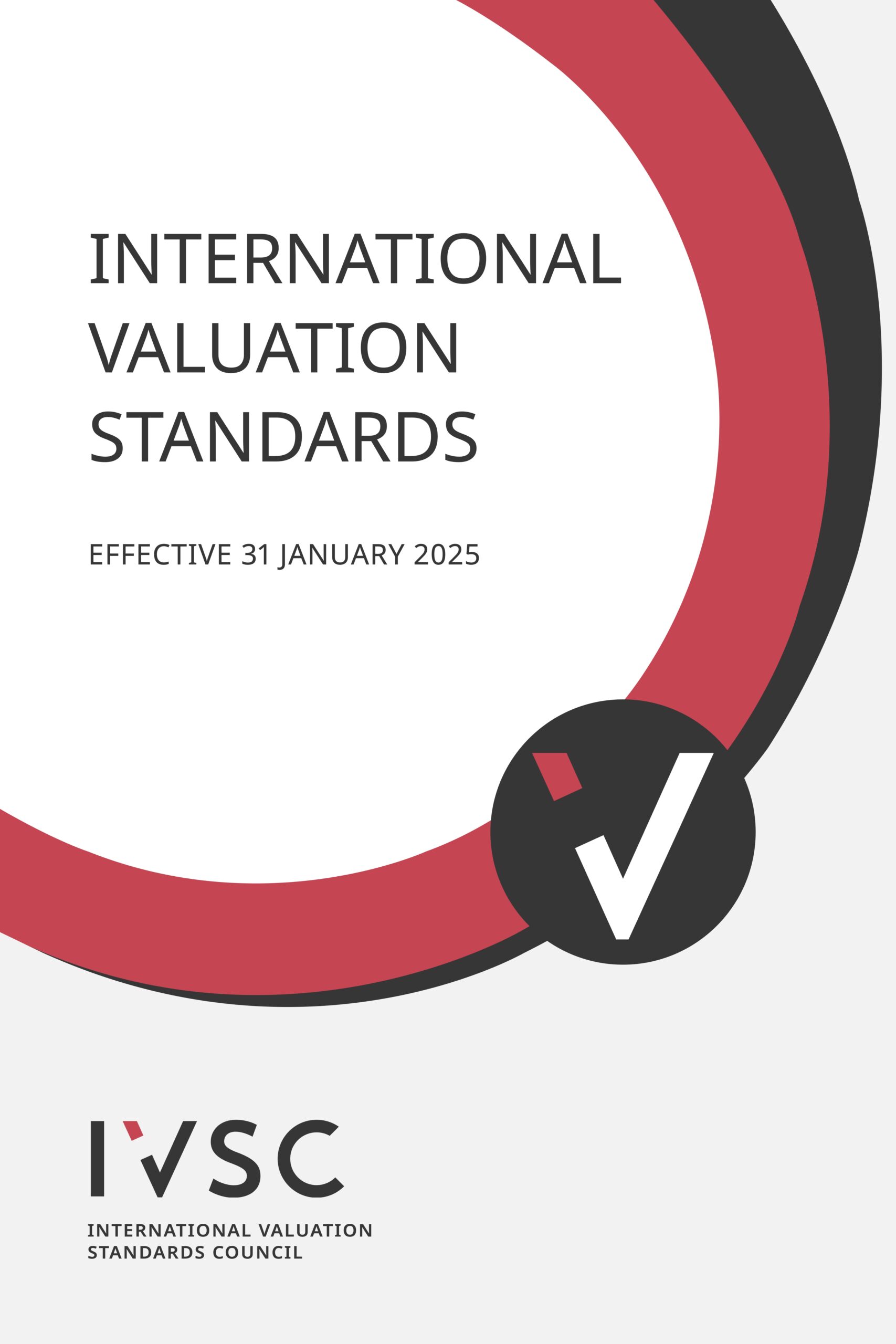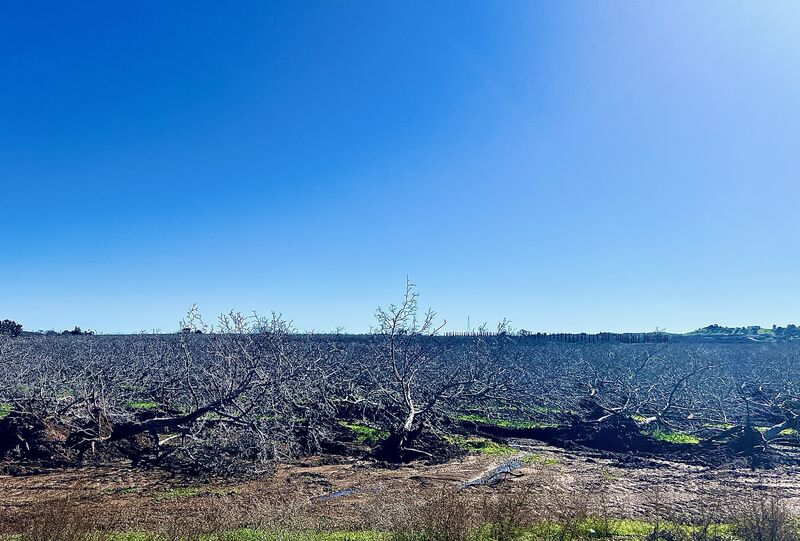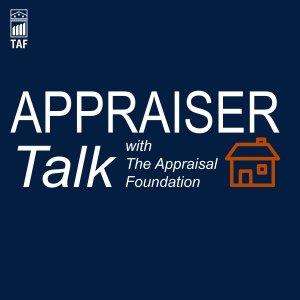Appraising inventory is generally one of my least favorite assignments; in the case of fire loss, however, even a static inventory can become more interesting, if only because of its absence. Combined with an absence of appropriate record keeping, the process of valuing the lost stock takes us into a level of detective work that can be both frustrating and rewarding.
My favorite fire loss inventory story involves a total fire loss of a used auto parts inventory for antique vehicles. Faced with a fairly detailed list of the items allegedly lost in the fire, I was doing some ebay research when I noticed that many of the items I found in the sold listings were identical to the lost items … and had been sold in the few weeks following the fire! A quick investigation of the seller revealed that he and the insurance claimant were the same. Case closed.
In another case, where the list of items was not as detailed, and could not be verified with receipts or photos, I suggested counsel request tax returns that may have validated the subjected claims list for the total inventory value. Again, a rapid out of court settlement was reached regarding the insurance claim.
But not every case is so quickly resolved. In most fire loss or theft cases, the lost inventory does need to be valued, even when no one is completely sure what has been lost. In many cases, of course, a complete and verifiable inventory reported by the claimant has been found completely legitimate and the insurance company is grateful to learn that they have a reasonable claimant and can quickly settle the matter.
As always in a fire loss case, however, the valuation Scope of Work is limited because no inspection of the Subject Assets can be conducted. Lacking an inspection or photos of the assets, the fire loss or theft valuation process generally depends upon review of depositions and documents provided by the owners, bolstered with research of new and used markets, interviews with industry equipment experts, sales comparison and cost approach, consideration of obsolescence factors, and reconciliation to value. And, it cannot be overstated that with limited information available regarding the assets to be valued, the appraiser must also formulate and document the necessary appraisal specific Extraordinary Assumptions related to the insufficient descriptions, condition and age of the Subject Assets.
Extraordinary Assumption: An assumption, directly related to a specific assignment, as of the effective date of the assignment results, which, if found to be false, could alter the appraiser’s opinions or conclusions. (from Valuing Machinery & Equipment, 3d edition)
Common practice in any retail business is to keep an inventory list of goods on hand and available for sale. These lists usually include information such as the SKU# (stock keeping unit) or other such identifying number, supplier, model, description (color, etc.), quantity on hand, cost per unit, location and any other information needed to conduct business. The need for retail businesses to keep a up to date physical inventory is addressed both by the IRS in the Retail Industry Handbook and by Financial Accounting Standards Board ASC330.
Inventory lists aren’t always available, however. Sometimes they’ve been destroyed in the fire that destroyed the inventory. Sometimes the list never existed. In more than one inventory loss case calling for an equipment appraisal, depositions indicated that business owners did not keep any form of written or formal inventory. Inventory lists received appeared to rely entirely upon memory.
Fire Loss Case Study: Inventory
In one particular case, many descriptions failed to explain exactly what the asset was, the condition of the asset, and/or — in many cases — the quantity: i.e, “used fiberglass,” “fiberglass unknown,” “Blue barrel of rope,” “Bucket of unknown contents,” “Transformer,” etc. It looked like a clear case of inadequate record keeping, indicating that the Asset List was compiled from memory. For items such as these, Extraordinary Assumptions were developed to support the necessary valuation research procedures. Did we “guess” at the quantities, qualities or conditions of the equipment to be appraised? No, we made an educated estimate based on our seasoned professional judgement:
Extraordinary Assumptions about the description and the appearance condition of the Subject Assets listed in Appendix A were based upon my estimate of what a typical subject for the given situation likely would be.
In this particular fire loss case, based on the industry involved and the overall contents of the inventory list, the blue barrel of rope was appraised as 20’ of 9mm blue cord rope; the transformer was appraised as a EGS Hevi-duty 480 Delta 80/160 in fair condition. Other items were also categorized and quantified. Their values, and the values of other non-specified equipment and inventory in this particular case, made up a relatively small percentage of the final opinion of value. And yet these items did need to be valued and calculated into the final number for the insurance claim settlement.
This fire loss case, along with the restaurant case mentioned in the previous fire loss article, settled out of court, as most of these cases do. When Extraordinary Assumptions are clearly stated and thoroughly documented, they can play an important part in a defensible, reasonable equipment appraisal report.
If you have questions about appraisals for nonexistent assets, send me a tweet @JackYoung_ASA or contact me on LinkedIn. I look forward to discussing how Extraordinary Assumptions can help support values in equipment appraisals for fire loss or theft.
Jack Young, ASA—MTS/ARM, CPA
Equipment Appraisal & Review for Fire Loss & Theft
NorCal Valuation Inc.





